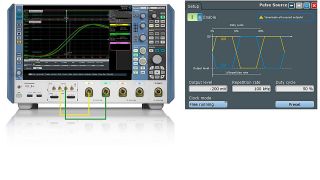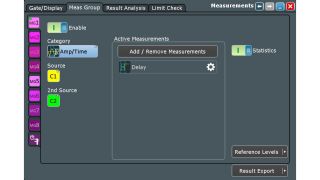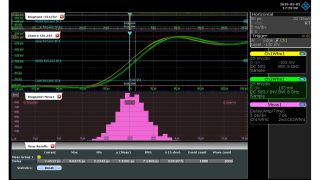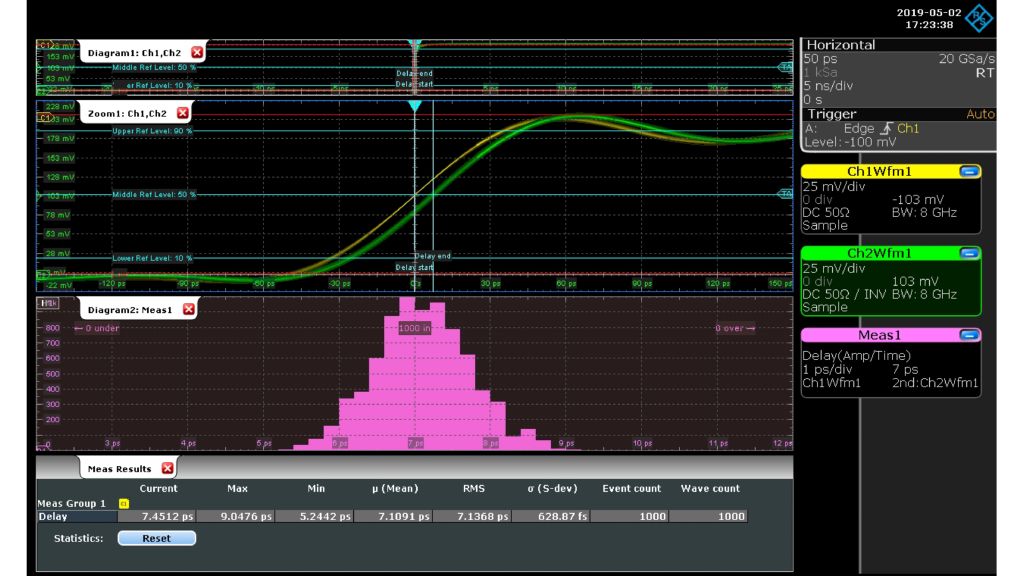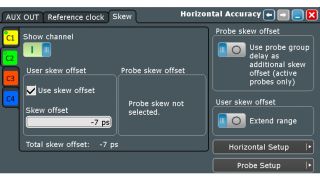Enhancing channel-to-channel alignment for accurate phase-coherent multichannel acquisition
Thanks to their multichannel capability, oscilloscopes are ideal for multichannel applications such as the analysis of MIMO signals (e.g. 5G NR, WLAN), multi-antenna radar signals and differential high-speed digital signals (e.g. USB 3.x). These applications require the oscilloscope channels to be tightly aligned. This means the channel-to-channel residual skew has to be measured accurately so that it can be compensated. The channel-to-channel phase mismatch is reduced to a minimum, which plays a crucial role in achieving reliable measurement results.



